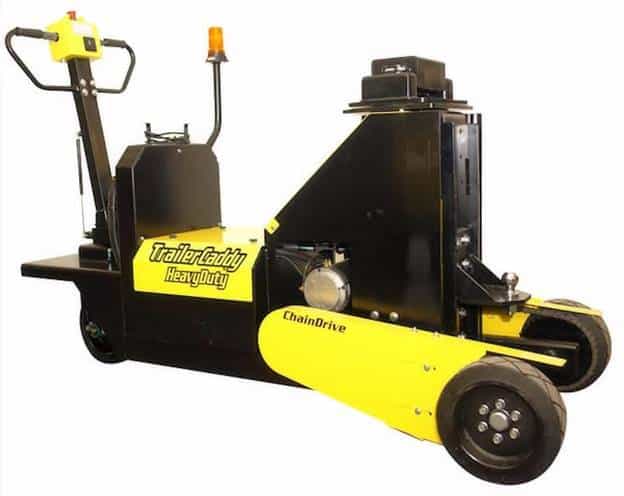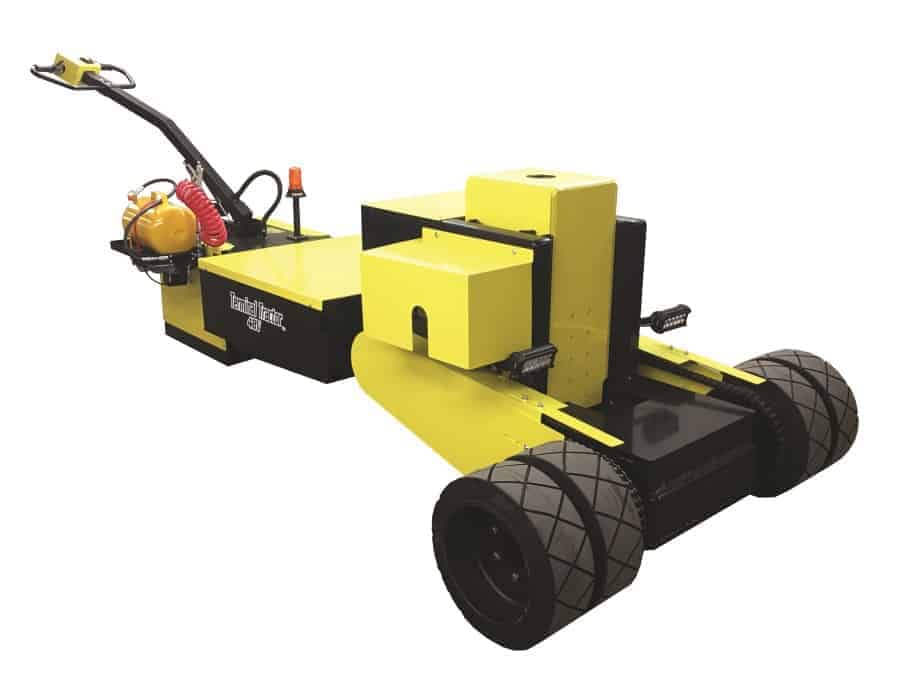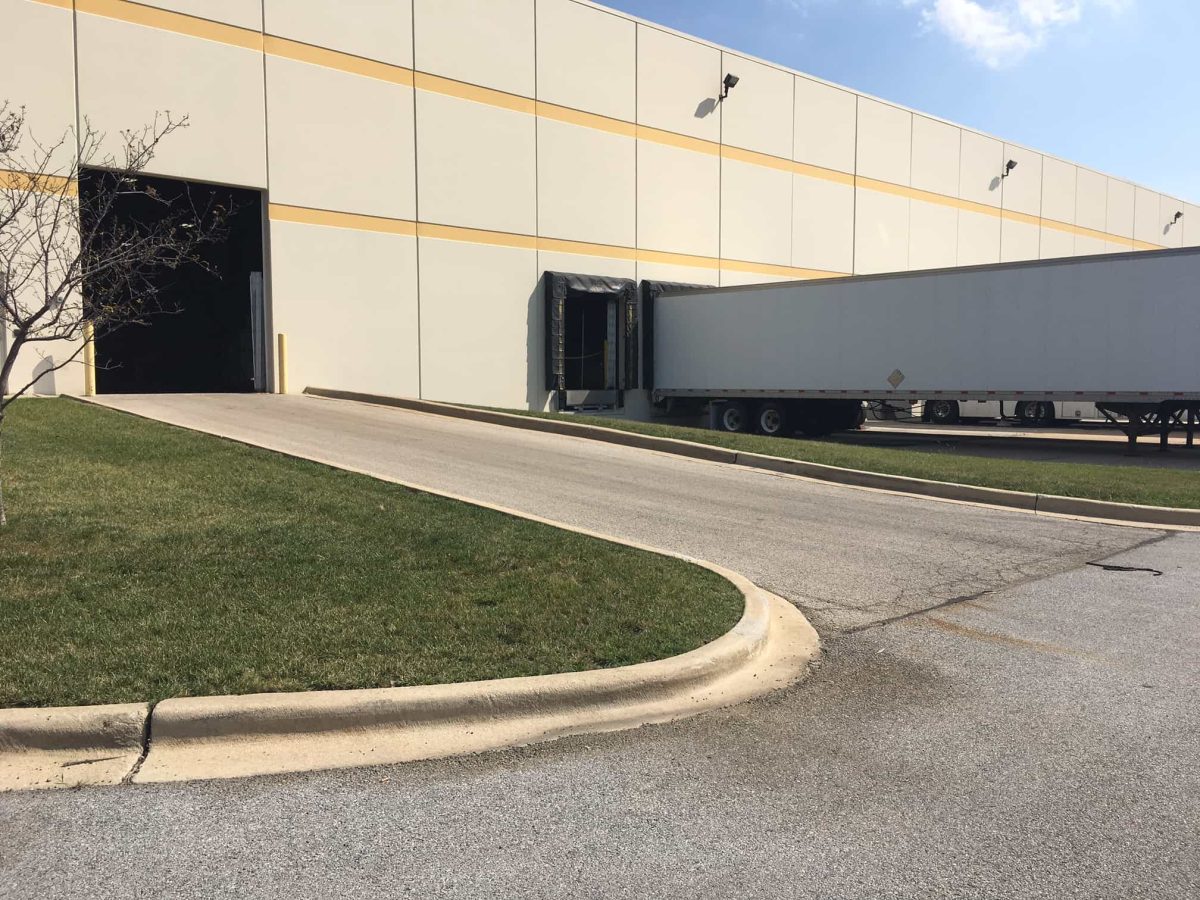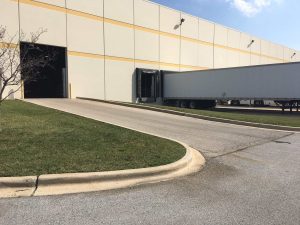Loading docks are dangerous places if they’re not managed properly. Dock damage can occur in an instant and can all but force operations to cease, but it can be prevented. A trailer mover from DJ Products affords a means to streamline your process and avoid hazards that lead to damage to your facility.

Mistakes at the loading dock can lead to all sorts of damage and problems, such as:
- Damaged trailers
- Broken equipment
- Building damage
- Ruined goods
- Injuries
- Deaths
According to the Occupational Health and Safety Administration, there are 85 forklift-related fatalities each year, and 34,900 people are seriously injured by one every year—42% of fatalities are due to crush injuries from tipping vehicles.1 Falling cargo and freight is another hazard that causes many injuries.
Causes of Dock Damage
The leading causes of dock-related damage and injuries include:
- Equipment: Improper use of forklifts, pallet jacks, and other equipment often leads to damage. Crews may be in a hurry or not have the proper experience and training. Forklifts are notoriously unstable under heavy loads and moving too quickly can cause a trailer to be rammed into something or dropped. The damage may be immediately evident or repeated abuse may take a toll over time.
- Handling: Equipment drivers are often under pressure to get the job done. Working too quickly can have dangerous consequences even if a worker is well-trained. Equipment operators must always use good judgment to ensure the safety of people and their facility. Accidents may also be caused by operating the wrong equipment for the items being handled.
- Communication: Even with loads properly restrained and the proper equipment used, all hands must communicate to ensure they’re on the same page. Light signals help but are not enough. You need verbal and physical communication to guide vehicles and loads, as well as warn of potential safety issues.
How to Remedy Dock Damage
Attention to safety and communication and using the right equipment can avoid problems at the loading dock. The equipment you use can also make a big difference when it comes to protecting your workers and facility. For example, a trailer caddy from DJ Products is highly maneuverable and available in models that can transport up to 100,000 pounds. Such an electric trailer mover can handle semi-trailers, ocean shipping containers, and other large objects.
The Yard Dog is a TrailerCaddy Terminal Tractor that can move heavy loads, and which is battery operated. Like other electric trailer caddy models, it can be charged up and is ready to go at any time. It also provides forward facing operation. The operator can, therefore, precisely control the machine and has an unobstructed view, improving safety. Speed control also reduces the risk of dock damage.

A TrailerCaddy requires no training to operate. You easily can get your employees up to speed on properly using the equipment. There’s no need to depend on outside trailer-moving services either, which can create issues caused by unreliable, untimely contractors.
To reduce your chances of dock damage, order a trailer mover from DJ Products or give us a call today.
Source:
https://ohsonline.com/Articles/2013/09/01/Death-by-Forklift-is-Really-the-PITs.aspx

